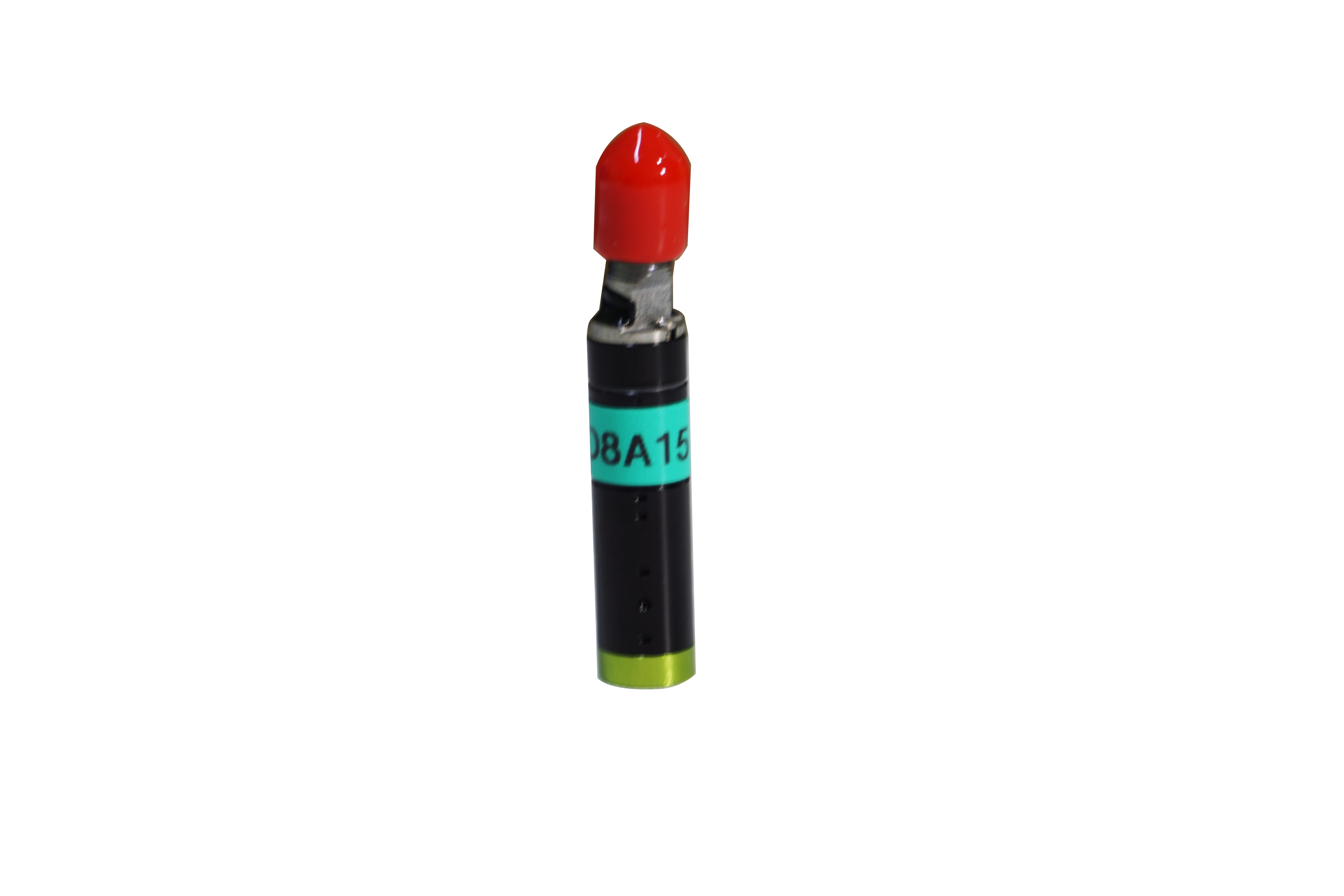2021-12-23
With the rapid development of computer technology, confocal microscopy has become a research hotspot and has been developed rapidly. Spectral confocal measurement technology is widely used in industrial measurement because of its unique advantages of high measurement accuracy, fast measurement speed and non-contact measurement.

Confocal microscope can break through the diffraction limit of ordinary optical microscope, and its transverse resolution is 1.4 times that of optical microscope. Confocal measurement is widely used in biomedicine, materials science, semiconductor manufacturing, surface engineering research, precision measurement and other fields because of its unique advantages of high precision, high resolution and easy realization of 3D digital imaging.
Spectral confocal does not need axial scanning, and directly corresponds to the axial distance information from the wavelength, thus greatly improving the measurement speed. The sensor based on spectral confocal technology is a new type of high-precision, non-contact sensor that has appeared in recent years, and the accuracy can reach nm in theory. Because the spectral confocal sensor has low requirements for the measured surface condition, allowing the measured surface to have a larger tilt Angle, fast measurement speed, high real-time performance, it has quickly become a popular sensor for industrial measurement, and is widely used in precision positioning, film thickness measurement, micro profile precision measurement and other fields.
Typical application of spectral confocal sensor in geometric measurement
The working principle of spectral confocal technology: The spectral confocal displacement sensor uses a broad spectrum light source to illuminate the surface of the measured object, and the spectrum reflected back by the spectrometer is detected to determine the peak wavelength of the perfect focus on the surface of the object, so as to determine its axial distance information.
The polychromatic light (such as white light) with a wide spectrum emitted by the light source passes through the pinhole and is approximately a point light source. After the polychromatic light passes through a spectroscope (semi-transparent and semi-reflective mirror), it is illuminated on a set of dispersive lenses. The dispersion lens group breaks up the complex light into monochromatic light of different wavelengths in the direction of the optical axis (λ1, λ2, λ3...). When the measured object is placed in the measurement area near the image plane of the dispersion lens group, all wavelengths of light are reflected back to the lens group, reflected to the pinhole through the reflector surface of the spectroscope, and received by the spectrometer placed behind the pinhole. Because the point light source, a point on the surface of the object, and the pinhole in front of the spectrometer are conjugate, only the monochromatic light perfectly focused on the surface of the object under test can pass through the pinhole, and its wavelength is determined by the spectral analyzer. Because each wavelength corresponds to a fixed distance value in advance, the corresponding precise distance value can be deduced by determining the peak wavelength of the spectral curve.
If a point on the surface of the measured object is just at the image point of the monochromatic light (λ2), and the pinhole is located at the focus of the dispersive lens group, the monochromatic light reflected back to the pinhole, the image point formed is the smallest, just through the pinhole, and the light intensity detected by the spectrometer is the largest. As an aperture, the pinhole not only eliminates stray light, but also blocks the monochromatic light of other wavelengths on the main focal plane of the non-dispersive lens, effectively improving the signal-to-noise ratio of the spectrometer, making the spectral confocal detection system with high contrast and clarity, and extremely high resolution, which can provide reliable, high-precision and sustainable dimensional measurement.
If the surface of the object moves relative to the sensor, and another point on the surface of the object is just at the image point of the monochromatic light (λ1), the spectral curve detected by the spectrometer is the spectrum of the monochromatic light (λ1), as shown in Figure 2. By obtaining different wavelength values from each measurement, the relative displacement value between different points on the surface of the object can be calculated. If a 3D fine scanning mechanism is used, the overall 3D surface profile and topography can be accurately measured.
Compared with other traditional displacement sensors, spectral confocal sensor has the characteristics of non-contact, small size, high precision and high measurement efficiency, and has been widely used in various fields.
Spectral confocal technology is a high-precision, non-contact optical measurement technology, which establishes a set of coding rules for axial distance and wavelength. As a sub-micron sensor for fast and accurate measurement, the sensor based on spectral confocal technology has been widely used in industrial measurement fields such as surface micro-shape measurement, thickness measurement, displacement measurement, on-line monitoring and process control. With the development of spectral confocal sensing technology, it will be applied more and more in the fields of microelectronics, linewidth measurement, nano measurement, ultra-precision geometric measurement and so on.



